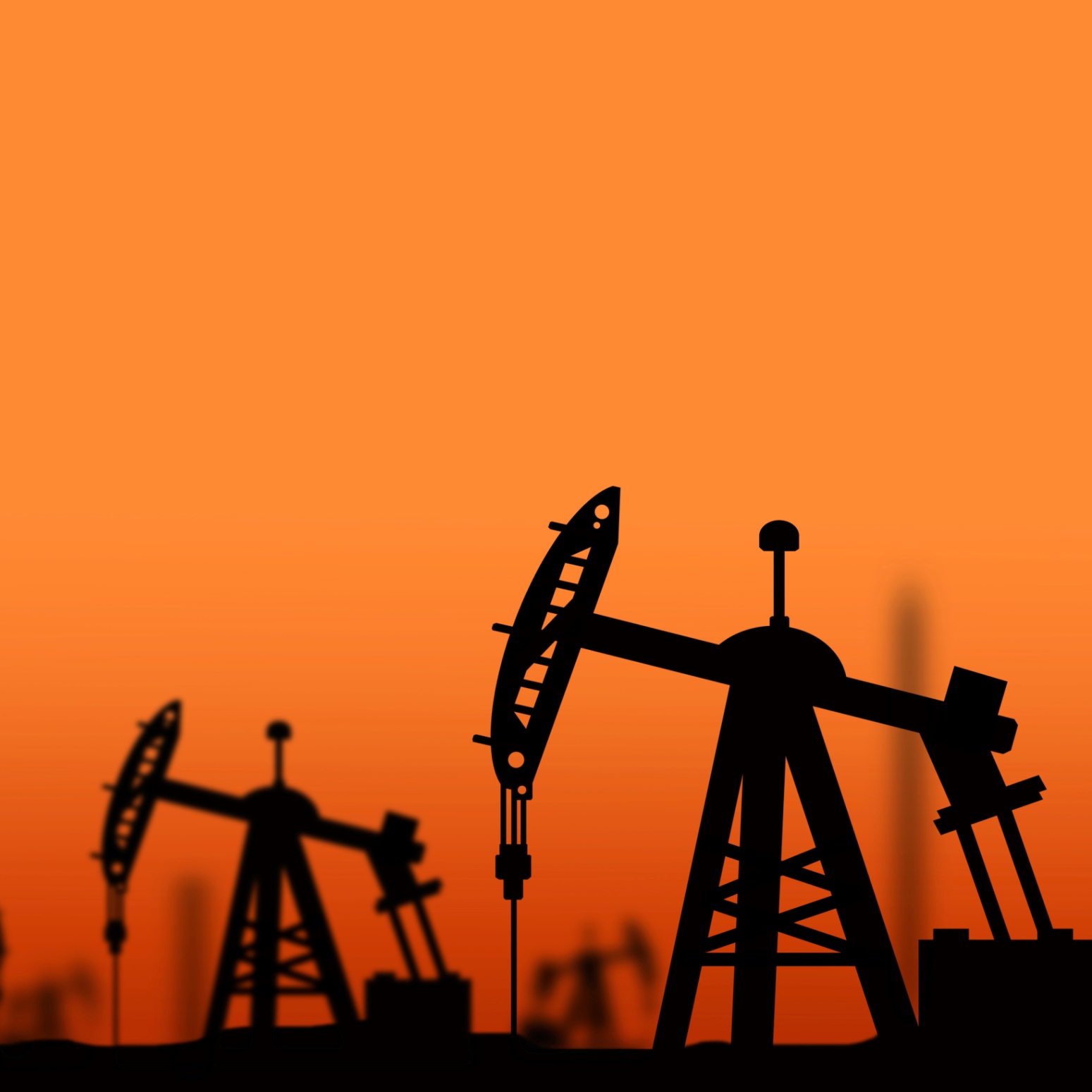Energy
High-Yield Bond Defaults Top $50 Billion to Date in 2016

Published:
Last Updated:

The default rate on U.S. high-yield bonds rose to 4.9% in the first half of 2016, with a total value of $50.2 billion. In all of 2015, the total value of defaulted high-yield bonds was $48.3 billion.
The data were published Tuesday by Fitch Ratings, and the firm thinks the dollar total of defaulted high-yield bonds could reach $90 billion for 2016.
Energy companies account for more than half ($28.8 billion) of the total for the first six months of 2016. The default rate in the energy sector is 15%, more than three times the overall rage for high-yield bonds. The default rate in the exploration and production sector is nearly double again, at 29%.
Eric Rosenthal, Fitch Ratings’ senior director of leveraged finance, said:
The combination of high energy and metals/mining default rates and lower year to date issuance has been a one-two punch for the high yield bond market this year. The question going forward is whether macro events will disrupt markets and restrain issuance for the remainder of the year.
Fitch also noted that high-yield bond issuance topped $20 billion in June, the fourth consecutive month for issuance to surpass that level. Through June total new high-yield issuance is $116 billion and could reach $251 billion for the year.
Trading prices on the secondary market have improved following the short-lived dip following the U.K. Brexit vote. Average bids dropped a full percentage point following the vote, but they have now returned to pre-Brexit levels.
So far in 2016, 43 energy companies have filed for bankruptcy, according Haynes and Boone. The total dollar value involved is $43.96 billion. Since January of 2015, more than $61 billion in secured and unsecured debt has been included in bankruptcy filings.
Thank you for reading! Have some feedback for us?
Contact the 24/7 Wall St. editorial team.